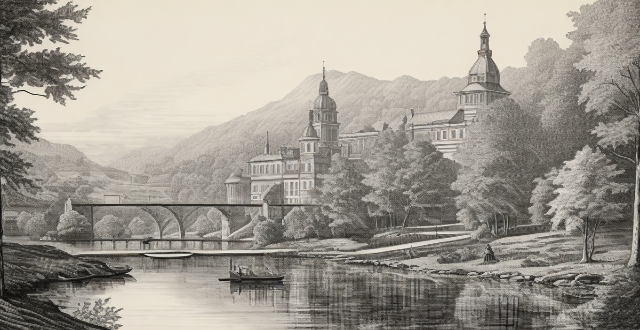Food photography is an art that combines culinary knowledge, visual aesthetics, and technical skill. Beginners often make mistakes such as inadequate lighting, poor composition, using inappropriate props, focusing issues, incorrect white balance and color settings, improper camera settings, lack of attention to details, post-processing missteps, ignoring the audience, and facing technical challenges. By being aware of these common errors, beginners can learn to avoid them, resulting in better, more professional-looking food photographs.

Common Mistakes Beginners Make in Food Photography
Food photography is an art form that requires a blend of culinary knowledge, visual aesthetics, and technical skill. Beginners often face challenges while capturing the essence and appeal of food through their lenses. Here are some common mistakes beginners make in food photography:
1. Inadequate Lighting
- Harsh Shadows: Using direct light can cast harsh shadows on the food, obscuring its texture and details.
- Yellow or Blue Hues: Incorrect lighting color temperatures can give the food an unappetizing appearance.
- Inconsistent Lighting: Variations in light intensity across the scene can lead to uneven exposure.
2. Poor Composition
- Cluttered Backgrounds: Distracting elements in the background can take away from the main subject, which is the food.
- Lack of Negative Space: Not leaving enough empty space around the food can make the image feel cramped.
- Improper Alignment: Misaligned dishes or utensils can create a sense of imbalance within the frame.
3. Inappropriate Props
- Oversized Utensils: Using too large or bold utensils can overshadow the food item.
- Mismatched Colors: Choosing props with colors that clash with the food can diminish its visual appeal.
- Distracting Patterns: Patterned linens or plates may draw attention away from the food.
4. Focus and Depth of Field Issues
- Blurry Images: Shooting without proper focus can result in blurry photos where the food is not sharp.
- Too Much Depth of Field: Trying to get everything in focus might lead to a lack of emphasis on the main subject.
- Inconsistent Focus Points: Switching focus points between shots can cause inconsistency in your final image set.
5. Incorrect White Balance and Color
- Unnatural Colors: Inaccurate white balance settings can make the food look different from its natural colors.
- Oversaturated or Undersaturated Hues: Extreme saturation levels can distort the true colors of the food.
- Color Casting: Reflected colors from surrounding objects can affect the color perception of the food item.
6. Improper Camera Settings
- Slow Shutter Speeds: Slower speeds can introduce motion blur if the camera or subject moves slightly.
- High ISO Noise: Using a high ISO to compensate for low light can add noise to the image, reducing its quality.
- Incorrect White Balance Presets: Utilizing incorrect white balance presets for the lighting conditions can throw off the color temperature.
7. Lack of Attention to Details
- Stray Crumbs or Drops: Food crumbs or liquid drips around the plate can make the presentation messy.
- Untidy Plating: Food items that are not arranged neatly on the plate can appear unappealing.
- Ignoring Garnishes: Forgetting to add or photograph garnishes like herbs or spices can diminish the dish's overall look.
8. Post-processing Missteps
- Overediting: Excessive adjustments in post-processing can lead to unnatural-looking images.
- Loss of Texture: Over-sharpening or using harsh filters can eradicate the food's texture.
- Inconsistent Style: Applying different editing styles to a series of images can make them look disjointed when presented together.
9. Ignoring the Audience
- Forgetting the Purpose: Not considering why you are photographing the food, whether it's for a blog, social media, or a client, can result in images that don't serve their intended purpose.
- Neglecting Storytelling: Failing to incorporate elements that tell a story about the food or its context can make the image less engaging.
10. Technical Challenges
- Handholding Instead of Tripod Use: Handholding the camera can cause slight movements that affect sharpness, especially in low light scenarios.
- Incorrect Use of Lenses: Using lenses that are not suitable for food photography, such as very wide-angle lenses, can distort the proportions of the subject.
By being aware of these common mistakes, beginners in food photography can learn to avoid them, leading to better, more professional-looking photographs of their delicious subjects.